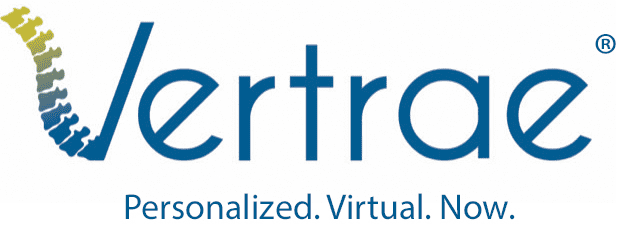Introduction
Very broadly speaking, there are two proven strategies to reduce the total cost of care: (1) identifying and eliminating ‘waste’ in the healthcare delivery system, and (2) taking better care of the population. Of the two, taking better care of the population is the more difficult. Better population outcomes reduce the need for institutional care which is very expensive.
The Commonwealth Fund and some other analyses demonstrate that 75+% of the US healthcare spend is the result of chronic diseases and their sequelae. For America’s seniors, CMS marks 90% of its spend on chronic diseases.
Across the US, chronic outcomes are very poor. Uncontrolled or poorly controlled hypertension, heart failure, lipid disorders, diabetes, COPD, asthma, etc. generate more heart attacks, strokes, ER visits, admissions, expensive cardiac interventions, renal damage or failure, medical testing, etc.
According to the CDC, only 46% of hypertension patients have achieved successful control (BP <140/90 is the minimum, but research suggests that <130/85 is far safer). The recent CHAMP study shows that 1.1% of Heart Failure patients with reduced ejection fraction are on the correct medicines.
It is not possible to reduce total medical costs without better controlling chronic diseases even if organizations aggressively reduce other waste.
Breakthrough Innovation In Real World Medical Care
As managers and operators of highly successful medical groups – groups successfully earning value-based payments based upon our reduced total cost of care – we began in 2001 to improve chronic outcomes. Groups we manage are now #1 in the US in hypertension outcomes, #1 in diabetes outcomes, and #1 in asthma outcomes and our total cost of care is measured as 26% below the regional average.
What we discovered years ago is at odds with the assumptions of most other medical groups who are working to improve chronic outcomes. While others “blame” the patients for low success, we discovered that medicine in 2019 is so complex that doctors often write the wrong prescriptions. We began to develop paper-based tools in 2003 to help doctors write the correct medications and, by 2004, we had a 91% blood pressure success rate (at a time when the national average was about 30%).
We started with manual “paper and pencil” tools to help guide medication selection and now have true Artificial Intelligence decision support seamlessly linked to any EHR. We pull patient data from the EHRs and then produce very specific medication suggestions for physicians in real-time. Called the MediSync MedsEngine, we are expanding medical quality, improving patient safety, and reducing the total cost of care. Not only are the groups we manage using this technology successfully, but we are also now installing it in other medical groups which find this approach faster, more effective, and more satisfying to physicians and patients.
Lowering the total cost of care cannot occur without significantly improved chronic disease outcomes. Medical groups that are using other approaches to improve chronic outcomes have made scant progress in years of trying. The MediSync MedsEngine opens the door to significant, rapid improvement.
If this interests you, check out more information: https://www.medisync.com/


